Table of Contents
ToggleIntroduction to Hydroponics gardening
Hydroponics gardening is transforming the way we think about gardening and agriculture. By eliminating soil, hydroponic systems allow plants to grow in a nutrient-rich water solution, making it possible to cultivate crops in environments where traditional soil gardening would be impractical or impossible.
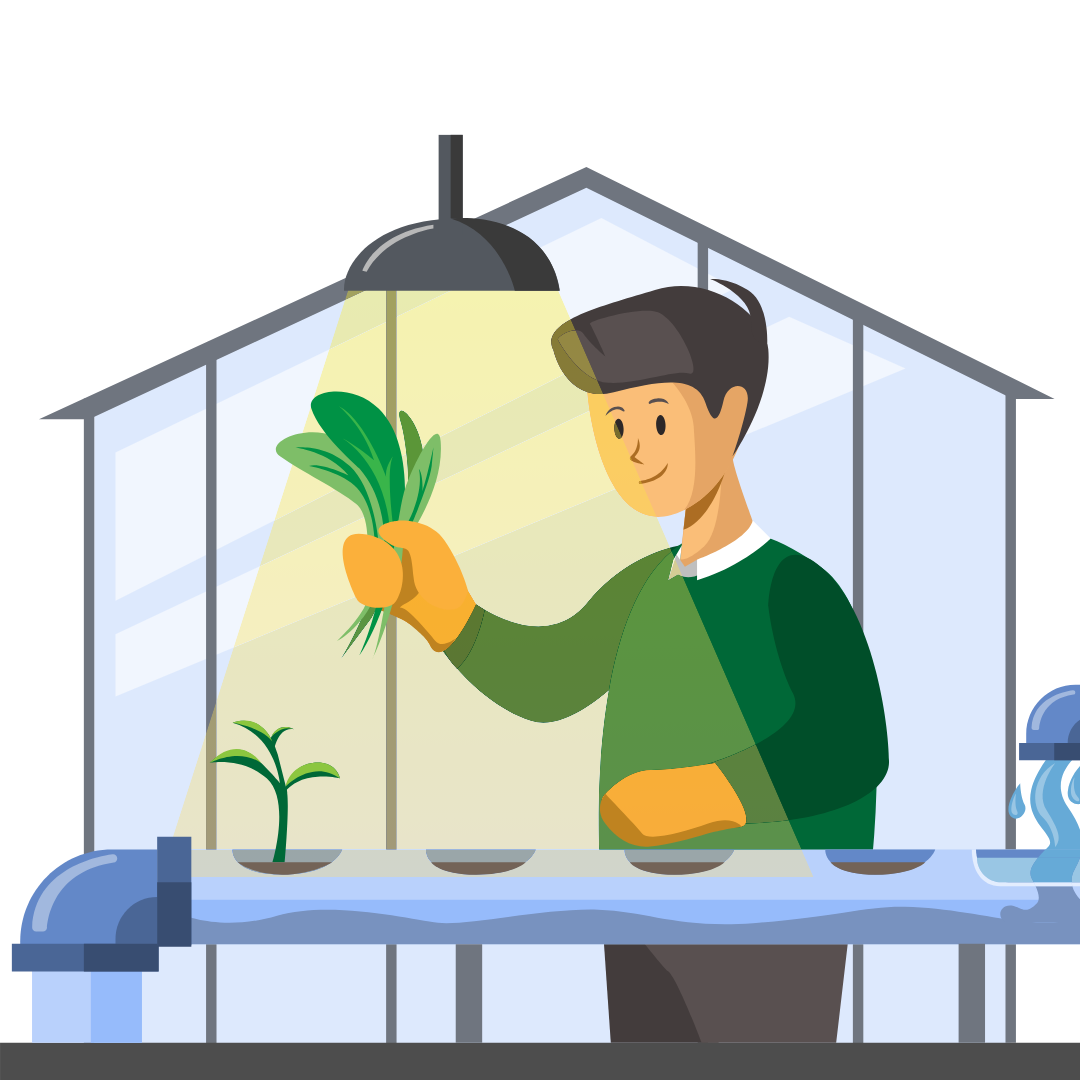
This innovative method is not only space-efficient but also leads to faster plant growth and higher yields.
As more people look for sustainable ways to grow their food, hydroponics offers an exciting and practical solution.
Benefits of Hydroponics Gardening
Hydroponics gardening comes with a host of benefits that make it an attractive option for both novice and experienced gardeners.
One of the primary advantages is water efficiency. Hydroponic systems use significantly less water compared to traditional soil gardening because the water is recirculated.
This makes hydroponics an ideal choice in areas prone to drought or where water conservation is a priority.
Another benefit is the rapid growth rate of plants. Since the nutrient solution is directly delivered to the roots, plants can absorb nutrients more efficiently, leading to faster growth.
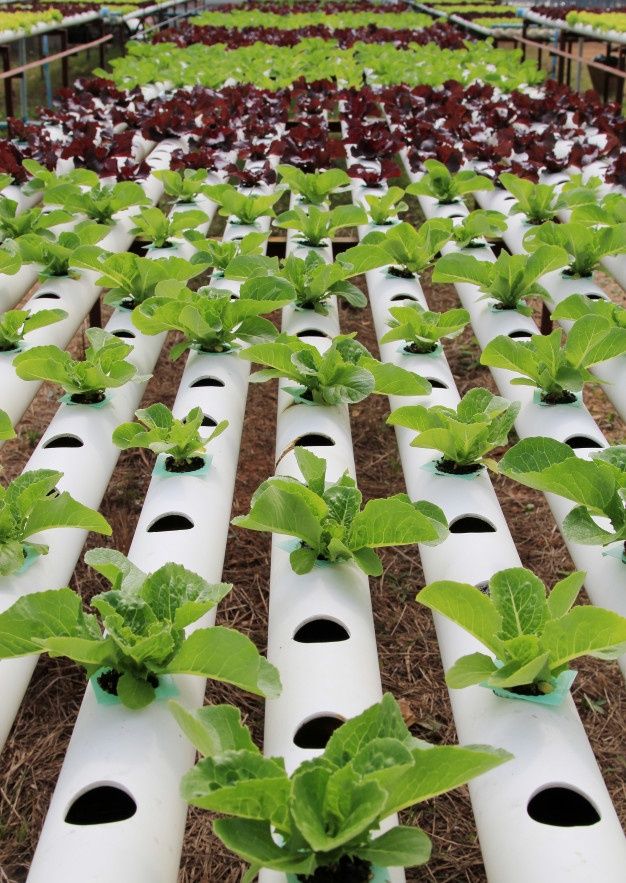
Additionally, because hydroponic systems are typically set up indoors or in controlled environments, plants are less susceptible to pests and diseases that commonly affect soil-based gardens.
Moreover, hydroponics allows for year-round gardening. Without being dependent on soil and traditional growing seasons, you can cultivate a wide variety of plants at any time of the year.
This continuous growing cycle can be particularly beneficial for commercial growers looking to maximize their production.
Essential Hydroponic Systems
There are several types of hydroponic systems, each with its own unique advantages. Understanding these systems can help you choose the one that best suits your needs.
Deep Water Culture (DWC)
Deep Water Culture is one of the simplest and most popular hydroponic systems. In a DWC setup, plants are suspended in a nutrient solution with their roots fully submerged.

An air pump and air stone are used to oxygenate the water, ensuring the roots receive ample oxygen.
This system is ideal for beginners due to its straightforward setup and maintenance. It’s particularly effective for growing fast-growing plants like lettuce and herbs.
Nutrient Film Technique (NFT)
The Nutrient Film Technique involves a continuous flow of nutrient solution over the roots of plants. The roots are not fully submerged but are exposed to a thin film of nutrient solution that flows through a slight incline in the grow tray.
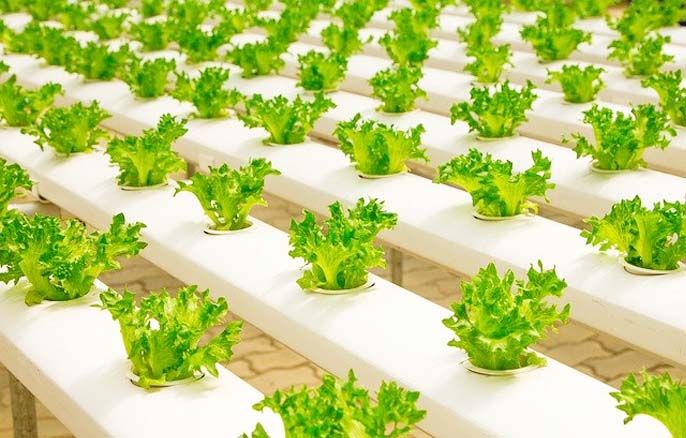
This setup allows the roots to absorb nutrients while also getting plenty of oxygen.
NFT systems are great for growing leafy greens and herbs. However, they require precise monitoring of nutrient levels and pH to ensure optimal plant health.
Key Components of a Hydroponic System
Setting up a hydroponic system involves several key components that work together to create an optimal growing environment for your plants.
Grow Lights
In hydroponic gardening, especially indoor setups, grow lights are essential. Plants need light for photosynthesis, and providing the right type of light is crucial for healthy growth.
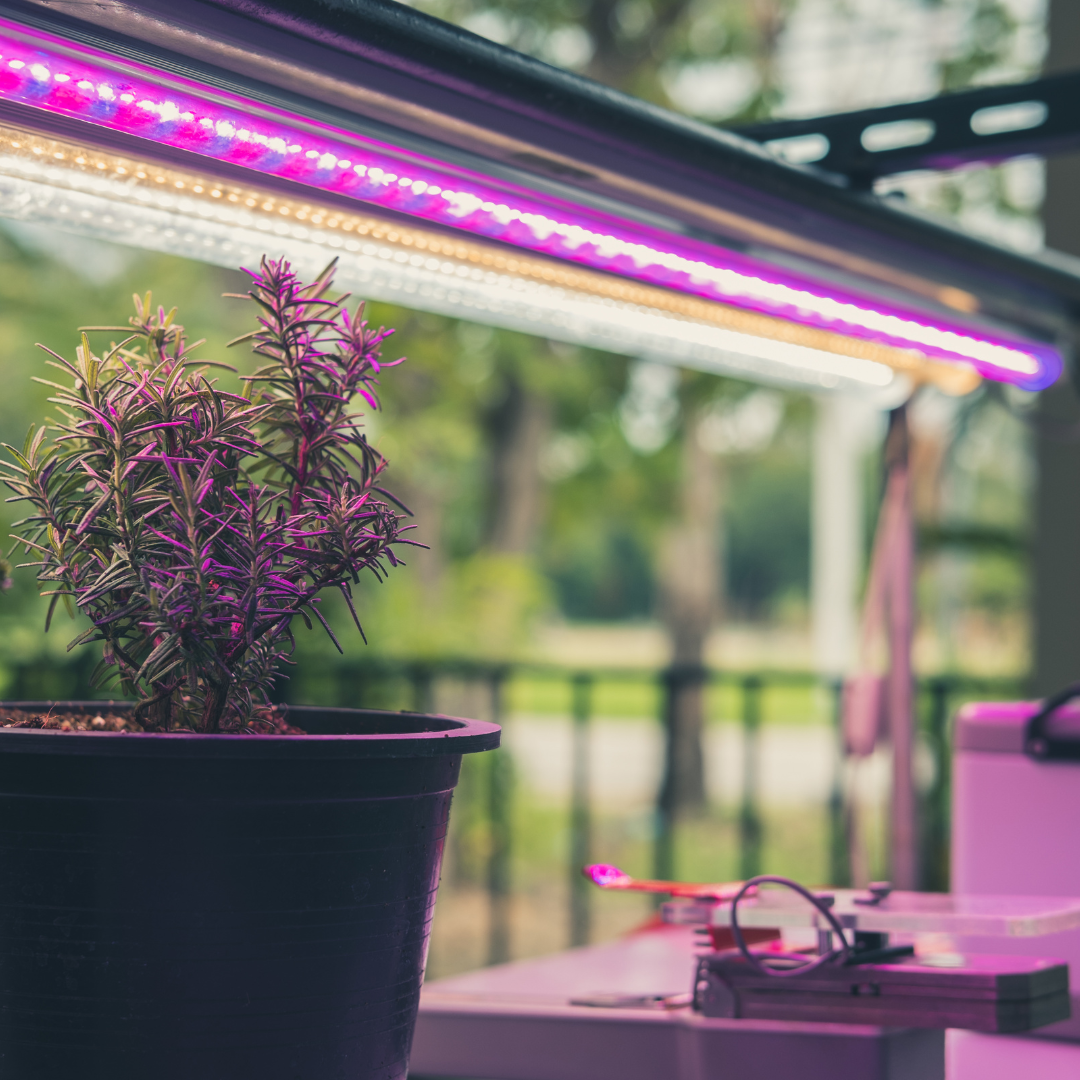
LED grow lights are a popular choice because they are energy-efficient and can be adjusted to provide the specific light spectrum that plants need at different stages of growth.
Proper lighting ensures that plants receive adequate energy to grow strong and produce high yields.
Nutrient Solution
The nutrient solution is the lifeblood of a Hydroponics gardening system. It contains all the essential minerals and nutrients that plants need to grow.
This solution must be carefully balanced and monitored to ensure that plants are receiving the right nutrients in the correct amounts.
Regularly checking and adjusting the nutrient solution is critical to prevent deficiencies or toxicities that could harm the plants.
Grow Medium
Although hydroponic systems do not use soil, they still require a growing medium to support the plant’s roots. Common grow media include Rockwool, clay pellets, and coco coir.
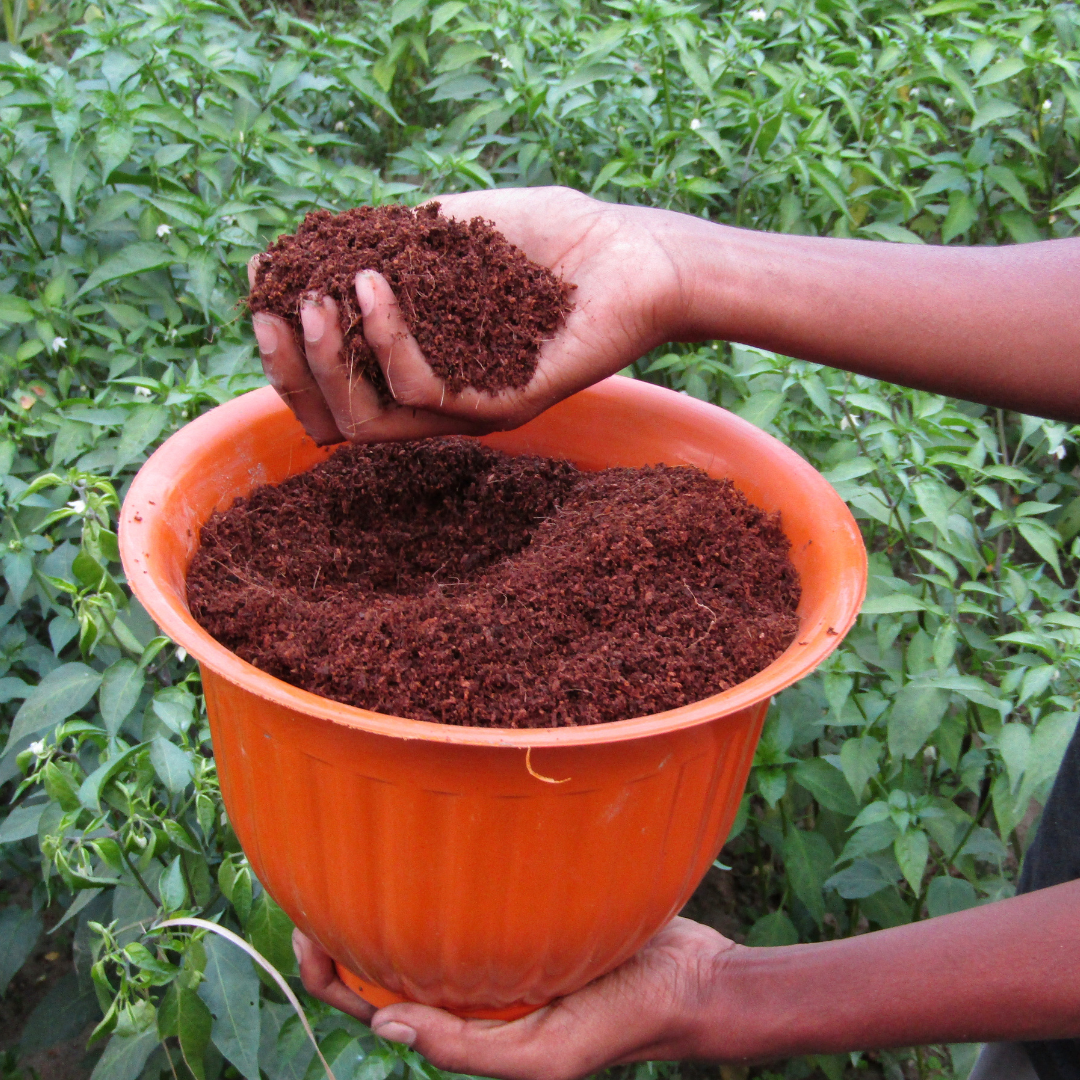
Each medium has its properties and advantages.
For example, Rockwool is excellent for retaining moisture, while clay pellets provide good aeration. Choosing the right grow medium depends on the type of plants you are growing and the specific requirements of your hydroponic system.
Setting Up Your Hydroponic System
Getting started with Hydroponics gardening requires careful planning and setup. Here are the key steps to ensure your system is ready for successful plant growth.
Choosing the Right Space
Selecting the right location for your hydroponic system is crucial. Whether you set up indoors or outdoors, the space should have adequate light, ventilation, and easy access to water and electricity.
Indoor systems often benefit from controlled environments where temperature and humidity can be regulated.
Ensure that the chosen space can accommodate the size of your hydroponic setup and allows for easy maintenance and monitoring.
Assembling the System
Once you have selected the location, it’s time to assemble your hydroponic system. Follow the manufacturer’s instructions carefully to ensure all components are correctly installed.
Securely connect the grow lights, air pump, and other equipment. Before adding plants, run the system with plain water to check for leaks and ensure everything is functioning properly.
Preparing the Nutrient Solution
Preparing the nutrient solution involves mixing water with the appropriate nutrients in the correct ratios.
Follow the instructions on the nutrient package to achieve the right balance. Fill the reservoir with the nutrient solution and use a pH meter to check the pH level.
Adjust the pH as needed to keep it within the optimal range for your plants.
Planting Your Crops
Once your system is set up and the nutrient solution is ready, it’s time to plant your crops. You can start with seeds or seedlings. If using seeds, plant them in the grow medium and ensure they have consistent moisture until they germinate.
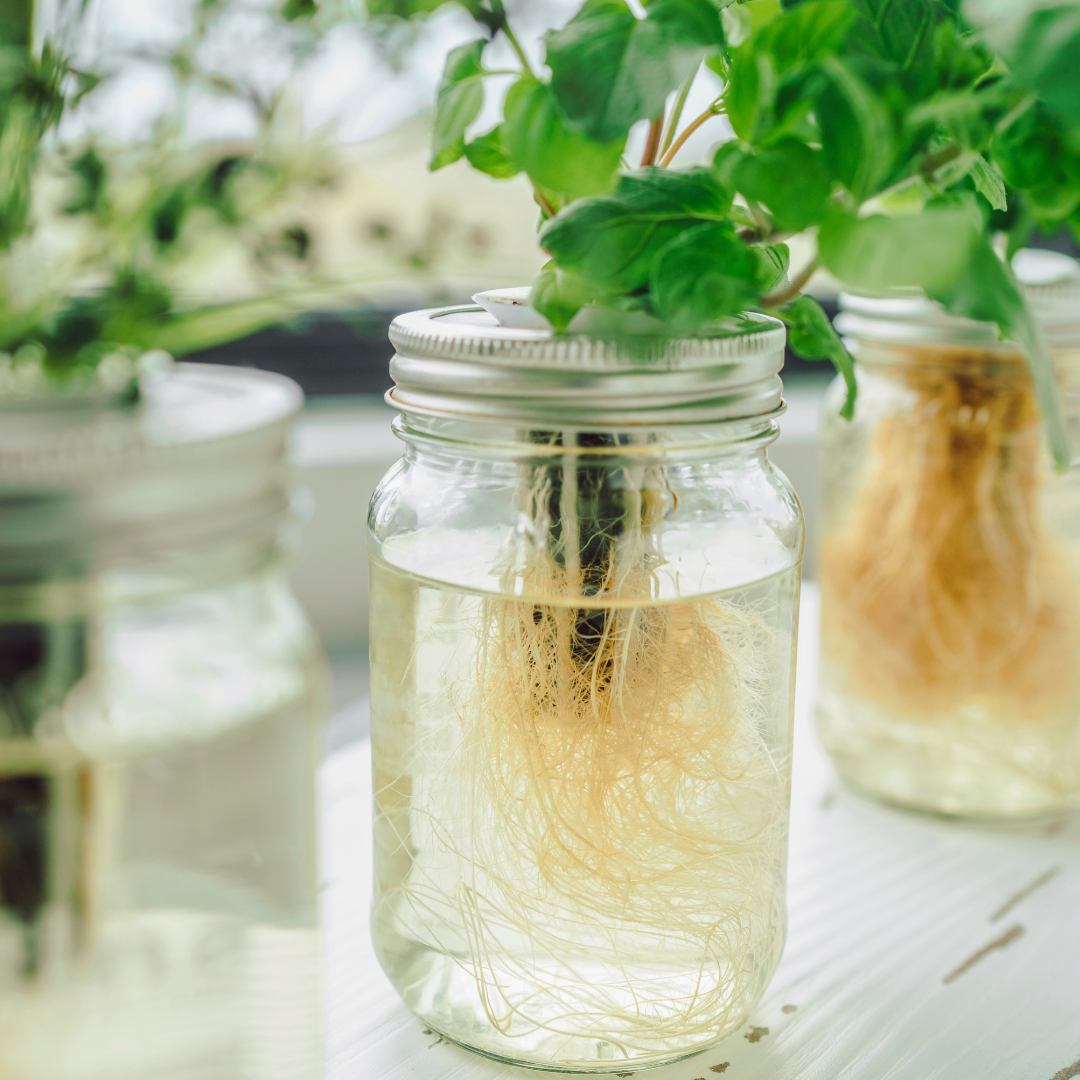
If using seedlings, gently transplant them into the growing medium, ensuring the roots are well-supported and have access to the nutrient solution.
Space the plants appropriately to allow for proper growth and airflow.
Maintenance Tips for Hydroponics Gardening
Maintaining a hydroponic system requires regular monitoring and care to ensure your plants thrive. Here are some essential maintenance tips:
Cleaning the System
Keeping your hydroponic system clean is vital to prevent the growth of algae, mold, and harmful pathogens.
Regularly clean the reservoir, grow trays, and other components to remove any buildup. Use a mild disinfectant solution to sanitize the system between plantings.
A clean system promotes healthy plant growth and prevents diseases.
Monitoring Plant Health
Inspect your plants regularly for signs of stress, nutrient deficiencies, or pests. Healthy plants should have vibrant, green leaves and show consistent growth.

Yellowing leaves, stunted growth, or unusual spots can indicate problems that need to be addressed.
Early detection and intervention can prevent minor issues from becoming major problems.
Common Challenges and Solutions Hydroponics gardening
Hydroponic gardening can present some challenges, but with the right knowledge and preparation, you can overcome them. Here are some common issues and their solutions:
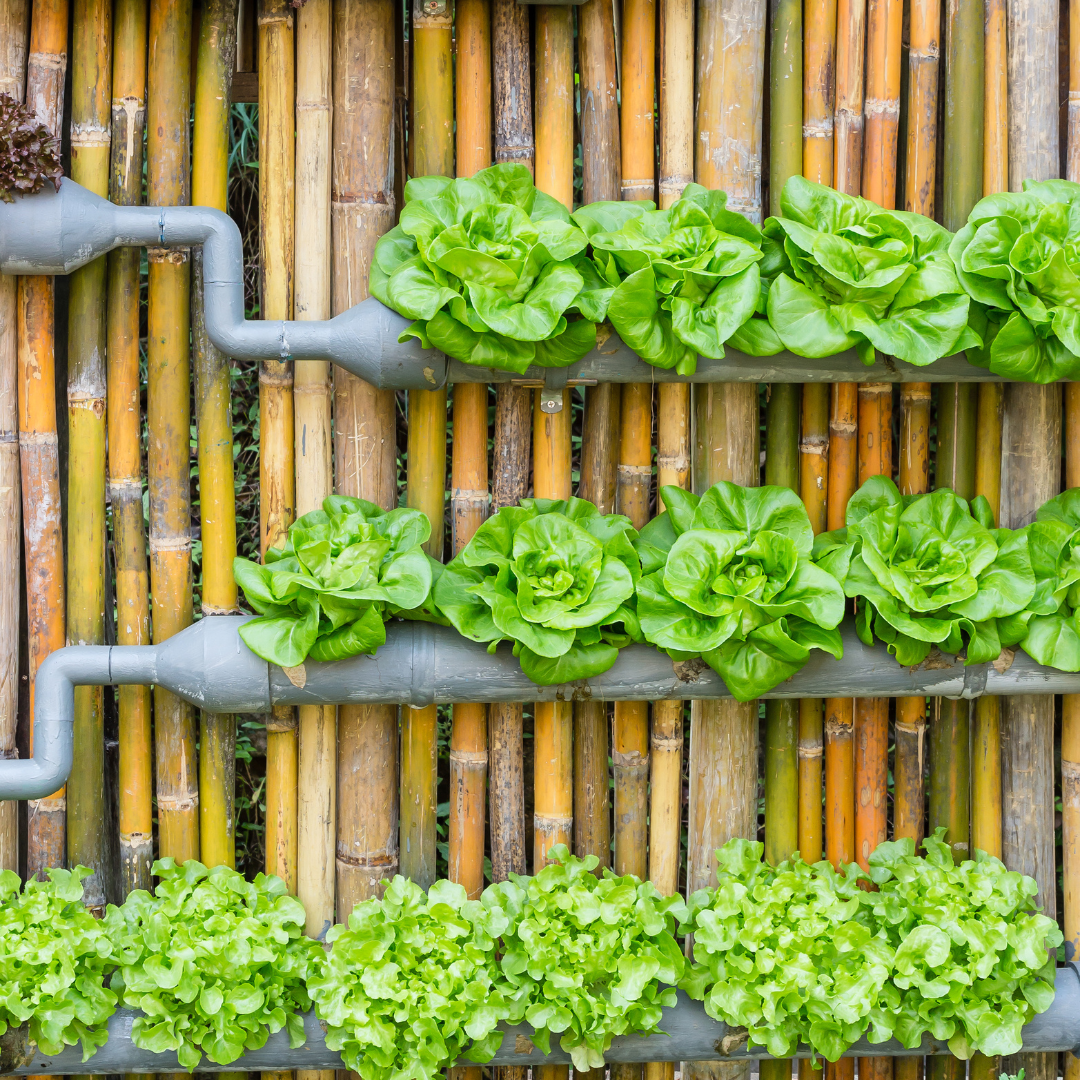
Algae Growth
Algae can be a common problem in hydroponic systems, especially if light reaches the nutrient solution. To prevent algae growth, cover the reservoir and any transparent tubing with opaque materials to block light.
Additionally, maintain a clean system and avoid overexposing the nutrient solution to light.
Nutrient Deficiency in Hydroponics Gardening
Nutrient deficiencies can manifest as yellowing leaves, poor growth, or other symptoms. Regularly monitor the nutrient solution and ensure it contains the correct balance of nutrients.
If deficiencies occur, adjust the nutrient concentration and consider using supplements to address specific deficiencies.
Pests
Pests can invade Hydroponics gardening systems, even in controlled environments. Common pests include aphids, spider mites, and whiteflies.
To manage pests, use organic pest control methods such as neem oil, and insecticidal soap, or introduce beneficial insects like ladybugs.
Regularly inspect plants for signs of pests and take action promptly to prevent infestations.
Conclusion
Hydroponics gardening offers an exciting and efficient way to grow plants, providing numerous benefits over traditional soil gardening.
By understanding the essential systems and components, setting up your hydroponic system correctly, and maintaining it with care, you can enjoy bountiful harvests of fresh, healthy produce year-round.
Whether you are a beginner or an experienced gardener, hydroponics can be a rewarding and sustainable method of cultivation.
Start your hydroponic journey today and experience the future of gardening.
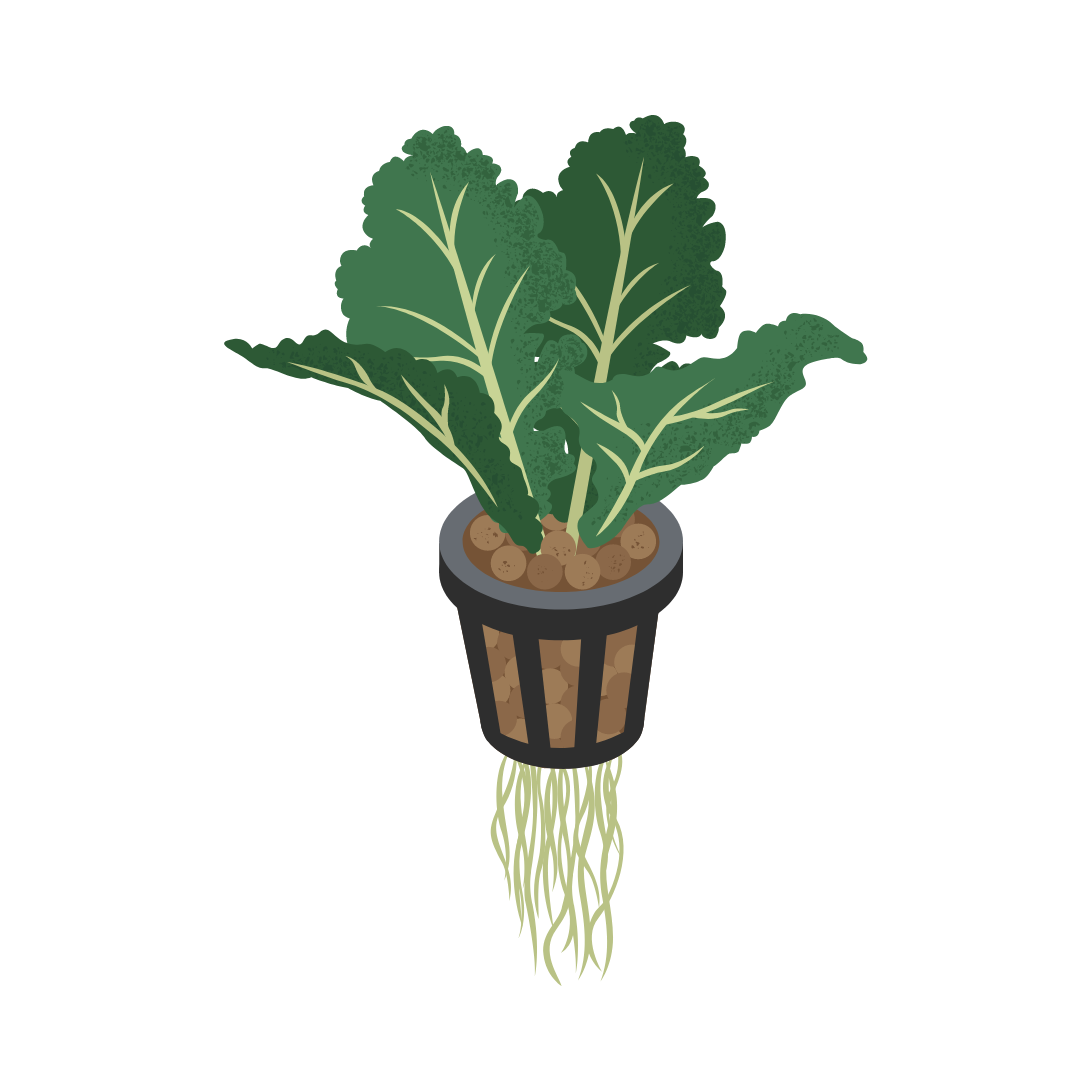

Pingback: Top 5 Vegetables to Grow Hydroponically!
Pingback: Hydroponic Gardening: Pros and Cons
Pingback: Growing Herbs Hydroponically: The Ultimate Step-by-Step Guide
Pingback: Hydroponics and Sustainability: Its environmental benefits
Pingback: Hydroponic hacks Tips for maximum growth!
Pingback: Comparing the Costs of Hydroponics and Soil-Based Farming!
Pingback: The Economic Impact of Hydroponics Farming in Urban Areas!
Pingback: The Environmental Benefits of Hydroponics🌍
Pingback: The costs and benefits analysis of starting a hydroponic garden!
Pingback: Hacks for Improving Plant Health in Hydroponics Gardens!
Pingback: The Impact of Hydroponics on Soil Health and Ecosystems!
Pingback: Water Conservation Techniques for Small-Scale Farmers
Pingback: How Hydroponics Can Save You Money on Groceries!